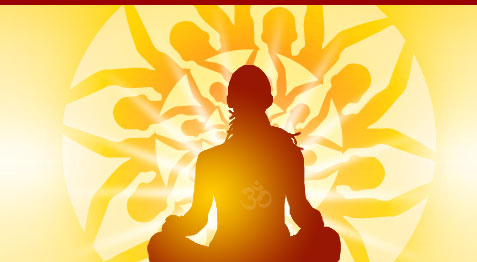PRANAYANA
Pranayamas essentially constitute a volitional control of breathing and, as such, could be called ‘breathing exercise’, but there is a difference, the stress is not on deep breathing and its oxygen value, as is common is similar exercises prevalent in western countries.
In Sanskrit, Prana means breath and Ayama is exercise.In modern literature on Yoga, Prana, even in the compound sense of Pranayama, has often been interpreted as the subtle, psychic force or cosmic element.But the original Sanskrit text of Bhagvan Patanjali’s Yoga-Sutras (aphorisms), warrants this interpretation.He positively refers to respiratory movements.Therefore Pranayama is a Yogic exercise in respiration.Each round of Pranayama is generally a complex act and consists of Partake (inhalation) Kumbhaka (retention) and Rechaka (exhalation).Thus inspiration, retention and expiration, are all performed in Pranayama in a controlled manner, each phase lasting for several seconds.Bhagwan Patanjali (the founder father of Yoga) has discussed different means of bringing the mind under control.He has suggested various methods and one of them is Pranayama, an alternative measure for controlling the mind, is available in the alternate expulsion and retention of the breath.


